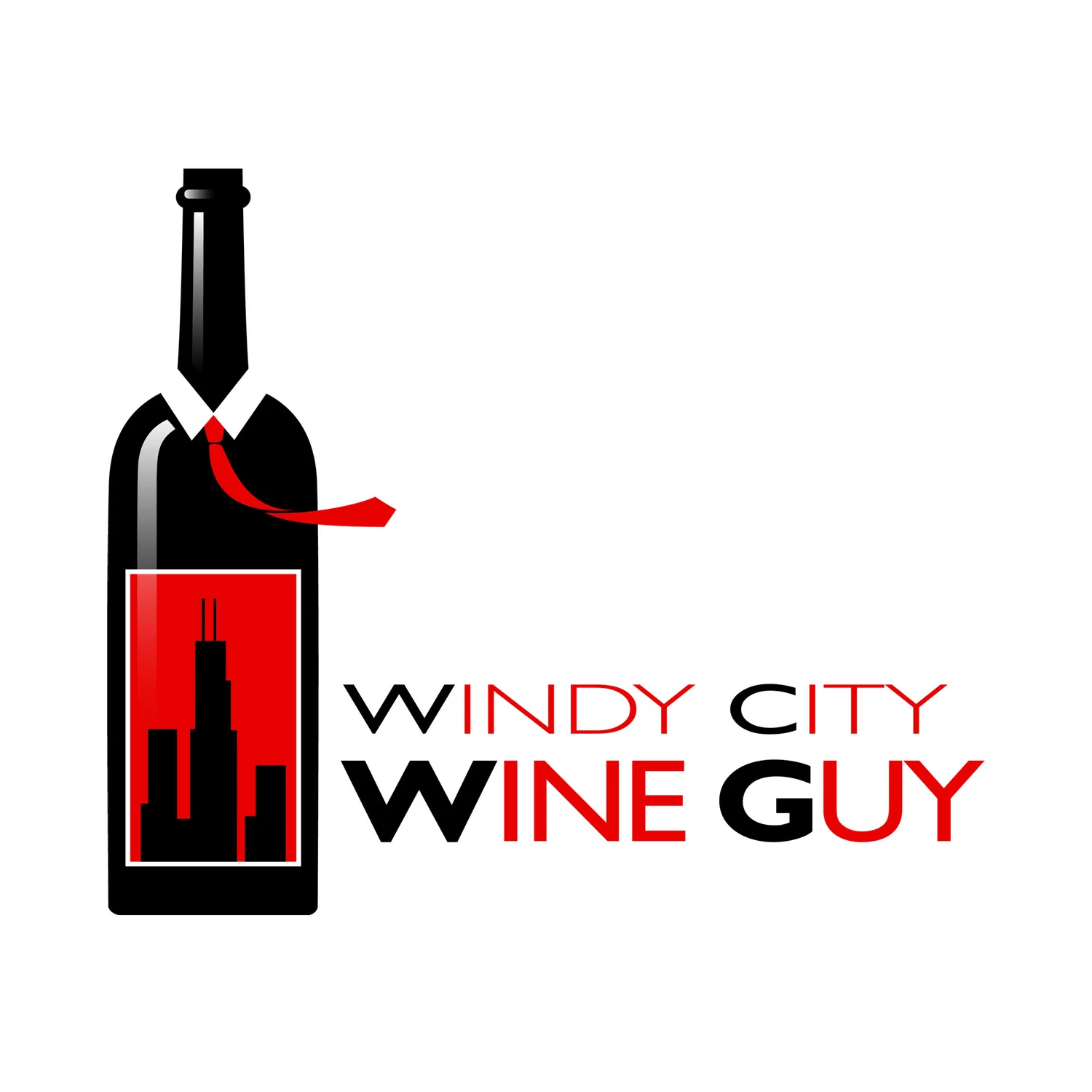Champagne Keeps Getting Greener
/
As Earth Day approaches, the Comité Interprofessionnel du Vin de Champagne (CIVC) is furthering the Champagne region's leadership in environmental preservation with new initiatives to reuse woody biomass and wastewater from wine production.
The region has launched an appellation-wide program to transform the 150,000 metric tons of wood waste generated from vineyard pruning into energy, reducing pollution and helping replace fossil fuels used in wine production with a renewable source of energy.
Through this BIOVIVE (Biomasse Viticole) initiative, the Champagne region is working with local utilities to cut the current carbon dioxide (CO2) emissions by 10,000 metric tons per year, the equivalent of taking 5,000 vehicles off the road.
Similarly, wine production results in 600,000 cubic meters (m3) of wastewater and byproducts each year. Since 1990, when only five percent of wastewater was treated and reused, the Champagne industry has steadily increased its environmental stewardship; now 95 percent of wastewater is treated and 91 percent is recycled.
"Champagne only comes from Champagne. The distinctive land and climate of Champagne cannot be replicated elsewhere and the people of Champagne understand that they must be protected to preserve the region's centuries-old wine-making tradition," said Sam Heitner, director of the Champagne Bureau, the U.S. representative of the CIVC. "These efforts are just a few of the environmental initiatives that the Champagne region has undertaken as part of its campaign to reduce the region's carbon emissions 25 percent by 2020."
Champagne is not merely a type of wine; it is a unique region with a long history of winemaking expertise. Located 90 miles northeast of Paris, the region covers less than 80,000 acres. Only grapes handpicked in the carefully delineated plots inside the appellation can be used to produce Champagne. The CIVC, comprised of all the grape growers and houses in Champagne, has led these environmental initiatives to ensure that Champagne continues to focus on quality and preserve its unique wine-growing location.
The region's leadership in emission reduction began in 2002 with the first-ever wine region environmental impact assessment. Based on the audit results, the Champagne region set itself the goal of cutting carbon emissions 25 percent by 2020 and 75 percent by 2050.
To achieve this, there are currently more than 40 initiatives to reduce the region's environmental footprint. For example, after the CIVC determined that the production, packing and shipping of wine bottles accounted for 33 percent of the region's carbon emissions, it announced a new standard bottle in 2010 which, at more than two ounces lighter, will reduce the region's annual CO2 output by 8,000 metric tons, equivalent to the annual CO2 emissions of 4,000 cars. The new design consists mainly of changes to the neck of the bottle and was tested extensively to ensure that it maintains the performance, safety and character of the bottle historically used in the region.
"In 2002, the Champagne appellation showed true leadership by engaging in the most comprehensive environmental audit of a wine region that had ever been conducted," continued Heitner. "Introducing a lighter bottle, reusing wood waste and capturing wastewater are small steps that, when implemented throughout the region, help make a significant difference in the carbon emitted from the Champagne appellation."
- Information obtained from the Champagne Bureau






 Guy. The event took place at the
Guy. The event took place at the  had by all! I want to thank the Binny's staff, especially GM Juan Torres, and all the attendees. Ciao!
had by all! I want to thank the Binny's staff, especially GM Juan Torres, and all the attendees. Ciao!




 This is the time of year for celebration with all of the holidays and New Year's Eve upon us. There are festivities and parties, and nothing says splurge like Champagne. It is a beverage that was originally sought over 150 years ago by royalty in every nation, and today means celebration for all classes. While people love Champagne and it is the undisputed king of sparkling wine, the costs have risen sharply over the last decade. New wealth in countries like Russia and China have raised demand, with only a marginal increase in production. Other areas and countries have gotten into sparkling wine production, with good value and success, but Champagne remains on top.
This is the time of year for celebration with all of the holidays and New Year's Eve upon us. There are festivities and parties, and nothing says splurge like Champagne. It is a beverage that was originally sought over 150 years ago by royalty in every nation, and today means celebration for all classes. While people love Champagne and it is the undisputed king of sparkling wine, the costs have risen sharply over the last decade. New wealth in countries like Russia and China have raised demand, with only a marginal increase in production. Other areas and countries have gotten into sparkling wine production, with good value and success, but Champagne remains on top.